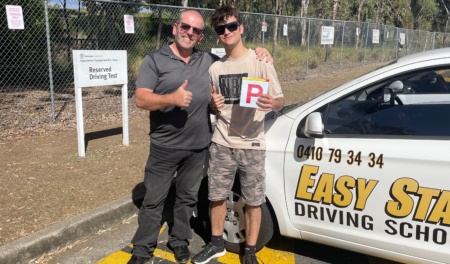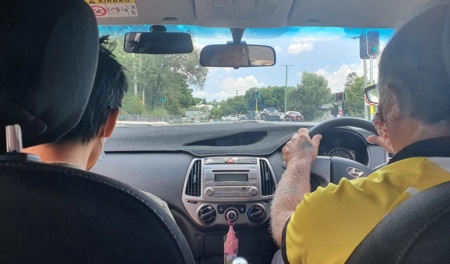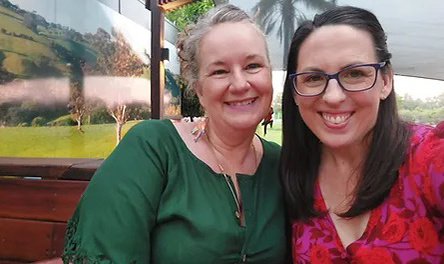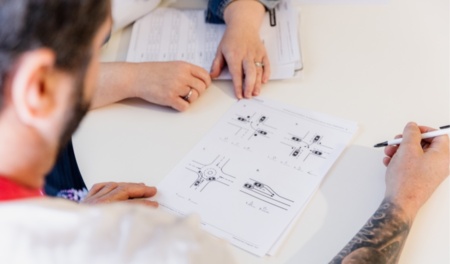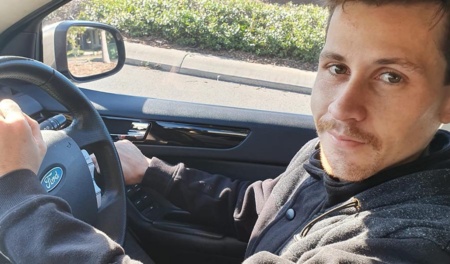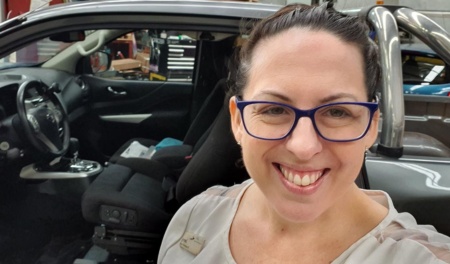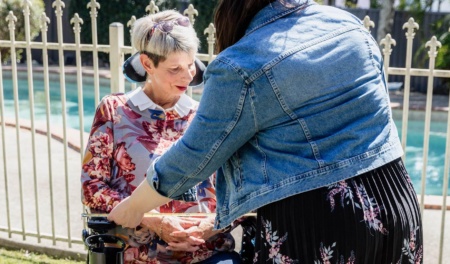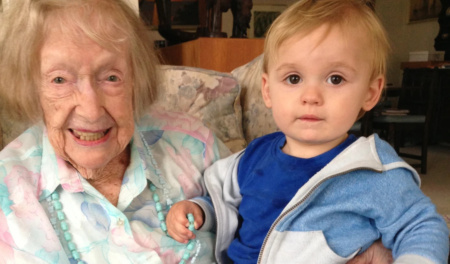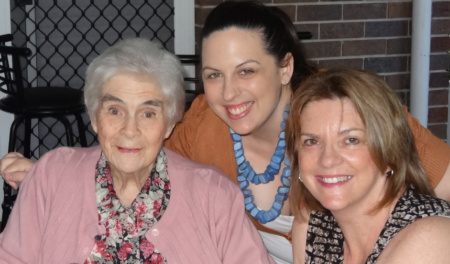General Information
There are many options for vehicle modifications for passengers including:
- transfer aids
- wheelchair stowage hoists
- wheelchair access
Your OT driver / vehicle mods assessor will guide you in what further steps are required – this may include appointment/s to trial various vehicle modifications.
You will be advised what further documentation is required:
- vehicle registration
- vehicle insurance
- Safety certificate
Your OT driver assessor will commence the vehicle modifications application and submit to NDIS.
We will assist in case management of your modification.
An OT handover assessment is completed with the OT driver assessor on completion of the modifications, to ensure that everything is working the way it should for you.
Vehicle Criteria – “suitable to modify”
Insurers have varying criteria about age and kilometres of the vehicle, which is considered to be “suitable” to modify. NDIS require no older than 5 years and no more than 80,000km – however, when minor modifications are being completed (including hand controls) which can be transferred to the next vehicle, they will usually accept this as long as the Safety Certificate is also provided.
For structural conversions of vehicles (for example, lowering the floor for wheelchair access), it is best to have as new a car as possible, so that it is sustainable and reliable for you – you’ll have it for about 10 years!
“Future proofed”
- Vehicle modifications for driving and/or vehicle access must be “sustainable for you over the lifetime of the vehicle” (considered to be 8 to 10 years in Australia).
- The OT driver assessor will talk with you about the nature of your medical condition / disability, prognosis, and consider whether the modifications will be suitable for you over the next 8 to 10 years – this may mean planning for the need for a wheelchair accessible vehicle and electric wheelchair.
- The OT driver assessor may require supporting letters from Specialist doctors (eg Neurologist) and physiotherapist to help determine the best vehicle set-up for you, and to support the application for the modifications.
“Reasonable and necessary criteria”
Vehicle modifications must meet the reasonable and necessary criteria:
- Support will enable you to pursue your goals
- Achieve social and economic participation
- Value for money
- Effective and beneficial
- Reasonable expectations of informal supports
- Most appropriately funded by NDIS (or your other insurer)
OT Vehicle Modification Assessment Process
Intake / Referral
You have a medical condition / injury / disability and likely need modifications for accessing a vehicle (eg wheelchair accessible vehicle).
Paperwork Required
Please ensure you have uploaded the following documents to the Client Portal and have them available on the day:
- If relevant: hospital discharge summary / other medical/allied health reports
- Current Level of Function Information:
- Tell us about your disability and current function eg weakness in right arm and leg.
- Tell us about your mobility and transfers, eg walking / independent with manual wheelchair or electric wheelchair / hoist transfer etc
- Tell us about your current car (year, make, model, kilometres)
- Do you have any ideas?
- Have you looked at any vehicles or spoken to any vehicle modifiers?
This information will help us determine which vehicle modifications may be required for you, and help us with booking the driving instructor.
Assessment
What is involved in an Occupational Therapy Vehicle Modifications Assessment?
1.5 hour Clinical Assessment:
- medical /disability history
- community access – frequency, destinations
- physical, cognitive and vision function screen
- Support worker roles and hours
- Mobility aid review and measuring
After the Assessment
1. Next steps
OTDA will make a plan about the next steps with you; these might include:
Modifications Consultation
For clients who require additional modifications – OTDA will discuss and recommend trials of modifications to ensure suitability (the following is not an inclusive list):
- Wheelchair hoist
- Boot style crane hoist
- Roof-top “Wymo” or “Chair topper” hoist
- Internal transfer seat
- Turny seat
Vehicle Access Consultation
For clients who require wheelchair access – OTDA will discuss and recommend options for a vehicle that will be suitable such as:
- Large Van Styles:
- Toyota Commuter
- Ford Transit
- Renault Master
- VW Crafter
- Lowered Floor Styles:
- VW Multivan (front row and second row conversions)
- Kia Carnival (second row conversion)
- Hyundai Staria (second row conversion)
- VW Caddy (third row conversion)
- Renault Kangoo (third row conversion)
OTDA will arrange trial of a demonstration vehicle with client and their wheelchair (note: for travel from wheelchair, the wheelchair must be crash-tested and meet the Australian Standards for wheelchair occupant travel).
OT Driving Assessment
An OT driving assessment may be required in order to provide up-to-date evidence to the NDIS that the client is continuing to demonstrate safe driving performance. Find out more here.
Note on Insurance:
Mainstream car insurers likely will not provide insurance for lowered floor vehicles or higher cost mods on larger vans. Once you have the quote from the vehicle modifier, check with your own insurer (eg Allianz, RACQ etc); if they are unable to assist, you may need to change insurers. Blue Badge is a car insurer that specialises in disability modifications.
Your disability insurer (NDIS / NIISQ / iCare / TAC) will also likely reimburse you for the insurance on the modifications (eg if the policy is $2000, with $1000 attributed to the vehicle and $1000 to the modifications, they would likely reimburse you $1000).
Vehicle Selection
- OTDA can assist with vehicle selection process from a functional perspective eg transfers, boot style, vehicle type; it will be up to client to make decisions on “normal” features of car. It is recommended that the client liaise with the vehicle modifier to ensure the car is suitable for modification prior to purchase. A joint consultation with OTDA, vehicle modifier, client and car may be required.
Note on Japanese imported “disability” vehicles (eg Toyota Noah, Toyota Voxy, Nissan Cube):
These DO NOT meet Australian Standards for wheelchair occupant travel (even if the restraints are replaced). Driving Well Occupational Therapy DOES NOT support purchase or modification of these vehicles.
“A very important aspect about these import mobility vehicles is the misunderstanding that they are actually made by Nissan, Toyota etc. Whilst the convertors have tacet support the vehicle manufacturer, they convertors are companies in Japan like Automobility and are NOT manufactured on the production lines of the vehicle manufacturer. I’m presuming that they would have some form of local compliance requirements to prove that the vehicles comply with the Japanese Industrial Standards – but it is important to note that the JIS does not contain the word “wheelchair” so there has NO requirements for mobility vehicles.
The vehicles are imported into Australia under an import scheme called SEVS – Specialist and Enthusiast Vehicle Scheme. In the most recent revision of SEVS, these import mobility vehicles are EXPRESSLY required to comply with Australian Standards for wheelchair access whereas the vehicle you are considering does NOT have to comply with these Standards in order to get registered.
Australia is somewhat unique in that we have Federal and State regulations – SEVS is a Federal system based upon the Australian Design Rules for motor vehicles that ultimately sees a vehicle that complies with ADR’s being fitted with a compliance plate.
However, the word “wheelchair” is not contained within the ADR’s at all so therefore the wheelchair access aspects of the vehicle are then required to be addressed at a State level whereupon the State Registration Authority will have Vehicle Standards Sheet that expressly describes the need to comply with Australian Standards.
But the bureaucratic system has a fundamental flaw because you are legally able to register the vehicle with the SEVS compliance plate – but there is NO system for then ensuring that the appropriate State requirements are met. This loophole is used extensively by used car salesman to sell mobility vehicles without having the necessary State certification.
So the summary of the above is that most (probably all) of these import vehicles are not manufactured to comply with Australian Standards and many of them are not correctly assessed for compliance to Australian Standards by the importer/sales person.
The key elements of Australian Standards for mobility vehicles include;
- Wheelchair restraints that are tested and compliant
- Wheelchair occupant restraint – a correctly located and compliant lap-sash seat belt
- Access ramp configuration – the load rating and configuration of the ramp
I’ve inspected several different types of imported mobility vehicles (this is a significant issue in Victoria, NSW and QLD) and NONE of them comply with Australian Standards at the time of importation.
Unless you are provided with Engineering certification regarding the compliance to Australian Standards, the vehicle is NOT legally registered as a wheelchair access vehicle. As an interesting aside here, NDIS are now expressly requiring an Engineering certificate AND roadworthy for any of these import vehicles before they will even consider funding it.
There’s a few other very pertinent points you need to consider about these imported vehicles;
- Technical support/spare parts – What technical support and spare parts are available in Australia for the vehicle.
- I won’t prejudice your opinion here but actively encourage you to call Toyota Australia for their viewpoint
- Warranty on the vehicle and conversion. The sale of a used vehicle comes with a Statutory 3 month warranty and that’s it. There is NO warranty on the conversion whatsoever.
- Car salesmen do not know about mobility, understand mobility issues or probably even care. They’re just trying to sell you a car.
- This is why experienced Occupational Therapists are part of the vehicle prescription process and are required to write a report for NDIS for funding to be considered
- Ongoing Support – What ongoing support are you going to receive for servicing and repair of the mobility conversion on the vehicle”
The vehicles are imported into Australia under an import scheme called SEVS – Specialist and Enthusiast Vehicle Scheme. In the most recent revision of SEVS, these import mobility vehicles are EXPRESSLY required to comply with Australian Standards for wheelchair access whereas the vehicle you are considering does NOT have to comply with these Standards in order to get registered.
Australia is somewhat unique in that we have Federal and State regulations – SEVS is a Federal system based upon the Australian Design Rules for motor vehicles that ultimately sees a vehicle that complies with ADR’s being fitted with a compliance plate.
However, the word “wheelchair” is not contained within the ADR’s at all so therefore the wheelchair access aspects of the vehicle are then required to be addressed at a State level whereupon the State Registration Authority will have Vehicle Standards Sheet that expressly describes the need to comply with Australian Standards.
But the bureaucratic system has a fundamental flaw because you are legally able to register the vehicle with the SEVS compliance plate – but there is NO system for then ensuring that the appropriate State requirements are met. This loophole is used extensively by used car salesman to sell mobility vehicles without having the necessary State certification.
So the summary of the above is that most (probably all) of these import vehicles are not manufactured to comply with Australian Standards and many of them are not correctly assessed for compliance to Australian Standards by the importer/sales person.
2. Vehicle Modifications Application
OTDA will complete the vehicle modifications application, which includes the following paperwork:
- Quote for vehicle modifications
- Vehicle modifications application form (NDIS) or other report (other insurers)
If application is for “approval-in-principle” (purchase of vehicle AFTER approval):
- Letter of intention to purchase selected vehicle and consent to modify vehicle
If a vehicle is already purchased:
- Letter of consent to modify vehicle
- Proof of contract (if new vehicle)
- Safety certificate (if vehicle is outside insurer criteria of kms/year)
- Registration
- Insurance
3. Modifications are Approved
- Registration
- InsuranceMake sure your OTDA is aware! NDIS may not have informed OTDA of the approval.
“Approval-in-principle”: client to purchase vehicle, and supply documentation to the NDIS planner:- Proof of contract (if new vehicle)
- Registration
- Insurance
- Client to book job with vehicle modifier (note lead and turnaround times) and advise OTDA of dates, so that a handover assessment can be booked.
4. Handover Assessment
- Please triple check that the following are all up-to-date:
- Car insurance
- Handover assessment is conducted in the client’s own modified car and OTDA, to ensure that everything is set-up appropriately for the client.
- It is preferable that this assessment is done on-site at the vehicle modifier, so that if any adjustments are needed, they can be completed on-the-spot.
- OTDA will take photos of the vehicle, compliance documents, and complete a post-mod evaluation report.
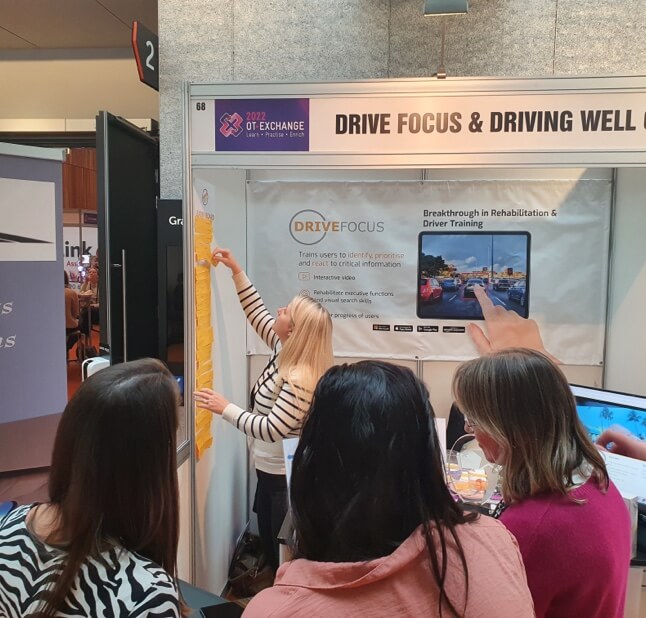
Drive Focus has won awards in Australia!
- Finalist for Best Assistive Technology Product at Australian Disability Services Awards, November 2022
- Winner of Technology Category at Australian Road Safety Awards, June 2021
This is a fantastic app (on apple ipad or android tablet only), that helps to focus your visual searching skills for driving. The app is American but has Brisbane and Melbourne real-life driving videos, where you have to tap on all the “critical items” during the drive.If you need to buy a tablet device, the android version of the app has more functionality (with easier to read “review your score”, email your results to your OT, and also has the Melbourne tour available now).
The app costs about $20AUD and was developed by a driving OT and researcher in America and has had research studies that show it helps to reduce driving errors. It is “brain training for driving”!
Here is a one-minute video about the app: Watch the video
We encourage all of our drivers to purchase and practice using this app – you will really find that it helps to improve your alertness on the road.

